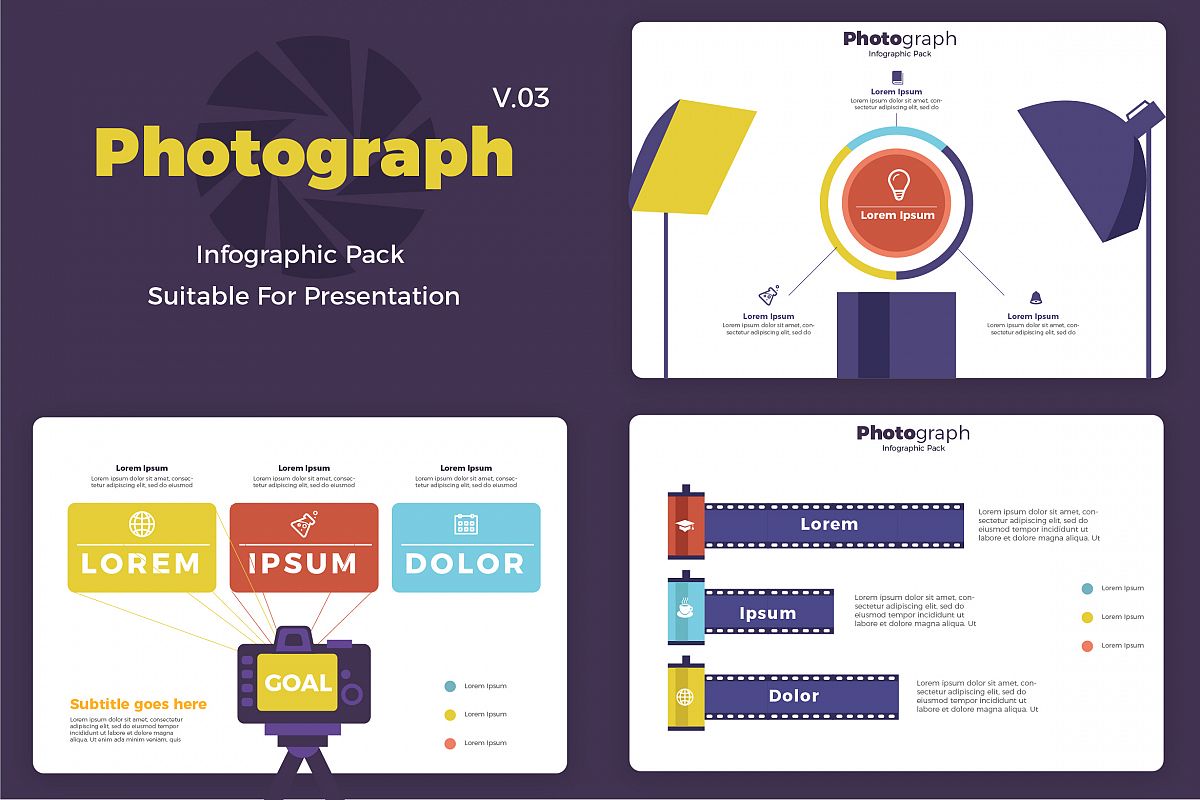What Every Digital Photographer Ought To Understand About Illumination
What Every Digital Photographer Ought To Understand About Illumination
Blog Article
Web Content Created By-Caldwell Godwin
As a professional photographer, you know that lighting can make or break your pictures. Recognizing the nuances of both all-natural and fabricated light is necessary for capturing the state of mind and clarity you aim for in your job. Whether you're chasing after the excellent golden hour glow or tweak your man-made configurations, mastering these elements can raise your digital photography dramatically. Yet there are common mistakes that many overlook, and identifying them can change your approach to every shoot. Let's discover what https://telegra.ph/Discover-Just-How-To-Choose-The-Perfect-Cam-Tailored-To-Your-Photography-Design-And-Needs-But-Are-You-Thinking-About-All-The-Imp-01-08 may be missing out on and just how it can affect your outcomes.
Understanding Natural Light
Comprehending natural light is critical for any professional photographer looking to boost their work. It's the foundation of excellent digital photography, affecting state of mind, tone, and clarity. When you fire outdoors, pay attention to the time of day. The golden hour-- shortly after sunup and prior to sunset-- uses soft, warm light that can transform common scenes into magnificent images.
Do not take too lightly the power of overcast days. Cloud cover diffuses sunlight, developing a soft, even light that's excellent for portraits and macro photography. You'll discover colors appear this type of lights without rough darkness.
Positioning matters, as well. Always consider your topic's orientation to the light. If the sun's behind your subject, you may end up with a shape, which can be significant yet mightn't be what you want. Alternatively, direct sunlight can produce uncomplimentary darkness.
Trying out angles; in some cases, transforming your point of view can generate outstanding results. Use Headshots for business -natural reflectors, like water or sand, to bounce light onto your subject, adding dimension.
Learning Artificial Light
Grasping artificial light is important for professional photographers who want to take their skills to the next level. Whether https://squareblogs.net/kristopher2delma/crucial-digital-photography-gear-what-you-actually-required-to-start utilizing speedlights, workshop strobes, or continual lights, recognizing how to adjust these sources can substantially improve your pictures.
Beginning by acquainting yourself with the essentials of light high quality, direction, and shade temperature level. please click the next post with different modifiers like softboxes, umbrellas, or grids to regulate the gentleness or harshness of the light.
You'll discover that soft light usually develops flattering outcomes, while harsher light can include dramatization and depth. Don't avoid shadows; they can boost the three-dimensionality of your topics.
Pay attention to the positioning of your lights. A light located also near your topic can create uncomplimentary outcomes, while as well far away can result in a lack of information. Make use of a light meter or your video camera's pie chart to ensure you're subjecting appropriately.
Finally, remember that artificial light can be mixed with ambient light for imaginative impacts. Balancing these sources could take technique, but once you grasp it, your photography will absolutely radiate.
Strategies for Different Situations
When you enter different shooting circumstances, adapting your lighting techniques is crucial for catching the best photos. For outdoor portraits, make use of the gold hour-- early morning or late afternoon light-- to soften shadows and enhance skin tones.
If it's a rough noontime sunlight, take into consideration making use of a reflector to bounce light back onto your topic or seek shaded areas for an extra even exposure.
In low-light scenarios, like interior events, enhance your ISO and make use of a vast aperture to let in even more light. A tripod can assist get rid of cam shake, allowing for longer exposures without obscuring.
If you're shooting at night, try out off-camera flash to produce dynamic lights and depth in your pictures.
For product photography, use diffused illumination to avoid severe representations. Softboxes or light tents can aid attain this result.
When photographing landscapes, consider the direction of light and time of day, as it can drastically transform the mood of your shot.
Always prepare to change your settings and positioning based upon the circumstance, as versatility is crucial to grasping lights in digital photography.
Conclusion
To conclude, understanding illumination is key to elevating your photography skills. Welcome all-natural light's charm during gold hour, and don't shy away from trying out man-made light techniques. By adapting your approach to various situations, you'll record sensational pictures that resonate with emotion and quality. Remember, the best lights can transform an ordinary shot into something amazing, so maintain practicing and improving your understanding of both all-natural and artificial light. Happy shooting!
